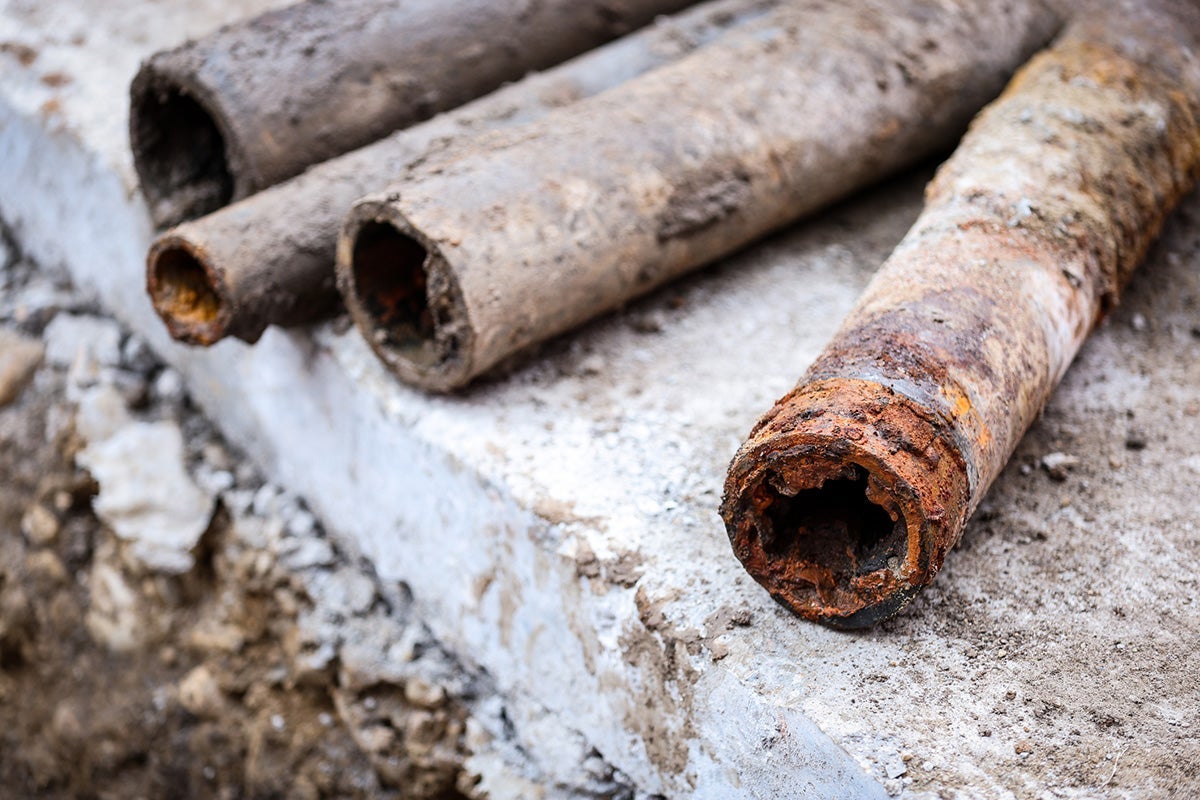EPA’s proposed stricter lead standards draw complaints

February 23, 2024 – Proposed changes to U.S. regulations on lead levels in drinking water are generating criticism from various quarters. For example, states and cities are worried about the time and expense involved in replacing old lead pipes, which would be required under the new rules.
Ronnie Levin, instructor in Harvard T.H. Chan School of Public Health’s Department of Environmental Health—who pushed the Environmental Protection Agency to reduce lead limits in drinking water for 40 years—was quoted about the pushback to the proposed regulations in recent articles in The New Lede and E&E News.
Under the new standards, all of the nation’s lead pipes would have to be replaced within 10 years of the changes going into effect. In addition, water systems would have to identify the location of all lead pipes, improve how water is sampled from taps, and take action to reduce lead exposure when levels reach 10 µg/L (micrograms per liter)—down from a previous limit of 15 µg/L.
Lead exposure has been linked with brain damage in children. Black children and those living in low-cost housing with older pipes are particularly at risk. Lead has also been shown to lead to problems in adults such as cardiovascular disease and cancer. Health experts say no amount of lead in drinking water is safe.
According to a February 13 article in The New Lede, officials with state and municipal water systems have complained that they won’t have enough money to comply with the proposed lead regulations and that the 10-year time frame for replacing lead pipes isn’t long enough.
And although the 2021 infrastructure law includes $15 billion to help pay for lead pipe replacement, some states and environmental groups have expressed concern that the money won’t be divided up fairly because of poor data on the location and number of lead pipes across the nation, according to the February 15 E&E article.
Levin said that water systems should not have been surprised by the EPA’s new proposal. “Every couple of years, EPA re-issues a call to water utilities and states to do some kind of an inventory to assess the problem they have,” she told The New Lede. “They’ve basically done not very much in 30 years.”
She added, “It’s just a matter of making it a priority. What the water utilities are asking for is they want all of this to happen at no cost or interruption to themselves and that’s what’s not possible.”
Read The New Lede article: EPA’s proposed lead pipe crackdown spurs debate
Read E&E article: States fear being bilked as funds flow to replace lead pipes
Learn more
Plan to eliminate lead pipes a ‘big win’ for Harvard Chan School scientists (Harvard Chan School news)
Photo: iStock/roibu


